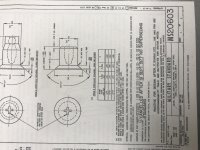I always read that none proper deburring and dimpling will cause cracks originating from those rivet holes. Makes logical sense to me and I certainly don't advocate slopping building practices. However, I am curious how often this actually happens in practice. So I figured a quick poll would be one way to get some data on this.
Oliver
Oliver





